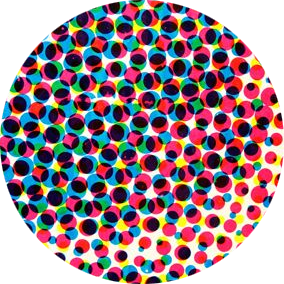Deathstroke as Groundbreaking Villain

In just the second issue of The New Teen Titans, Wolfman and Pérez created what would become the defining antagonist for the series, as well as one of the most popular and boundary-pushing villains in DC history: Slade Wilson, aka Deathstroke. #TeenTitans #Deathstroke. 1/10




From a historical perspective, Slade is portrayed as sociopathic and neglectful as a direct result of his military career, and can thus be read to specifically personify the intergenerational trauma created by the Vietnam experience of American soldiers. 5/10

We can extrapolate this outward to an even broader metaphor and read Slade as your emotionally distant father, a figure who thus stimulates, simultaneously, feelings of betrayal and regret and shame and sympathy. He’s detestable, but he has his reasons. 6/10

This metaphor is dramatically accelerated in the narrative through a series of stories focusing on Slade’s children and their desperation for his approval and/or rejection of his legacy. 7/10

Importantly, Wolfman and Pérez never shy away from these detestable aspects – quite the opposite. Despite framing the character as a villain to identify with, the creators consistently up the ante by having Slade do unthinkable things. 8/10

This, infamously, comes to a head in “The Judas Contract” a story that sees Slade mercilessly and efficiently decimate the Teen Titans through the application of a plan that involves grooming and conducting an affair with a minor in order to infiltrate the Titans. 9/10

It is this duality that makes Slade so compelling. He has heroic attributes and is often framed in heroic ways, but he is definitely no hero, and the oscillation between those extremes compels readers to interrogate their investment in heroic archetypes. 10/10
